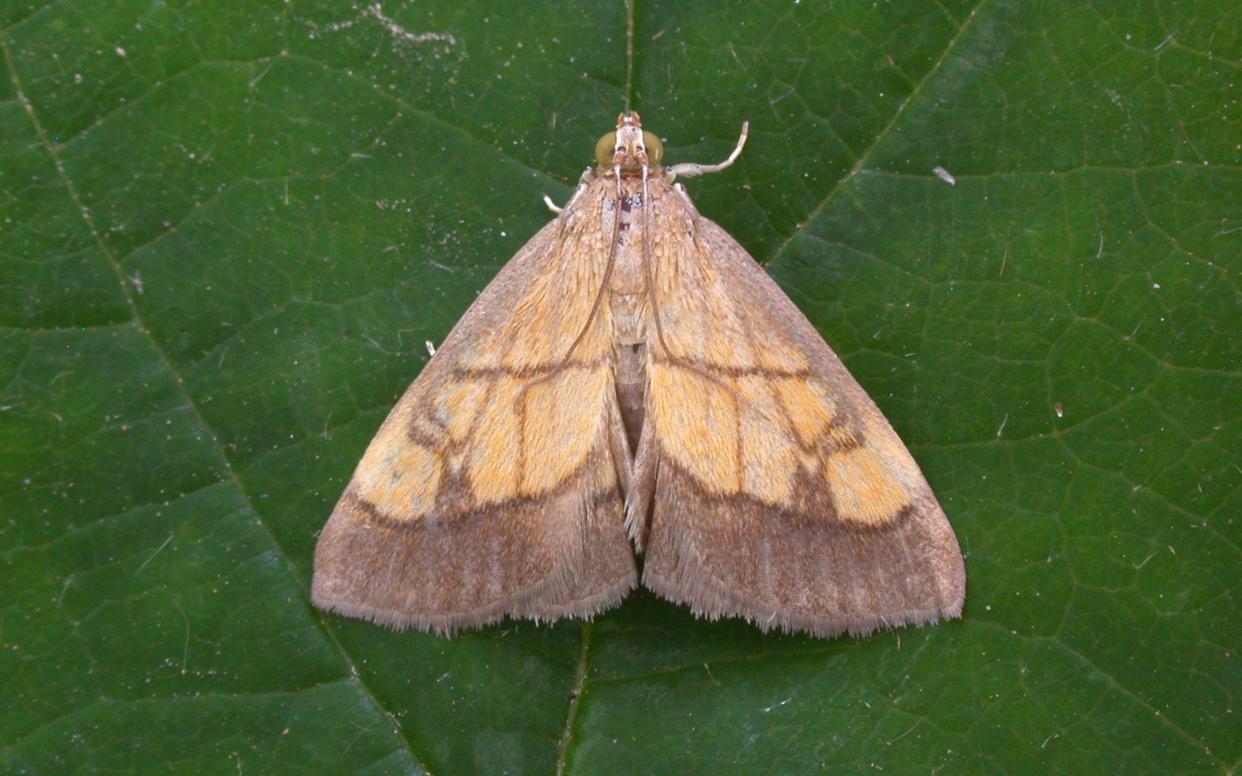sdfearf

They have a penchant for cashmere jumpers, and a habit of flitting around just when you’re trying to get rid of them.
Yet moths could be set to become even more prevalent, after scientists discovered that they are putting increasingly less effort into evading predators because they are adapting to taste disgusting.
Some of the less appetising winged insects are more nonchalant when attacked by bats, while those that are taster tend to employ evasive manoeuvres, a new study suggests.
Moths were observed to see if they used ducking and diving tactics while the bats were watched to see if they consumed the bugs or spat them out.
Researchers say their findings show the risks and rewards of anti-predator strategies where mistakes can inevitably mean death.
In moths, this includes chemical defences that make them less appetising, ultrasonic hearing to hear bats approaching and mid-flight swoops and dives to avoid being eaten.
Dr Nicolas Dowdy, of the Milwaukee Public Museum and Wake Forest University in the US, noticed unusual behaviour in certain species of tiger moths.
Dr Dowdy said: "Strikingly, we observed that moths with weak or no chemical defences often dive away to escape bat attacks.
"However, moths with more potent chemical defences are more 'nonchalant', performing evasive manoeuvres less often."
The moths seemed to be relatively relaxed when attacked by predatory bats, prompting scientists to investigate the reasons behind this casual behaviour.
They hypothesised that nonchalant moths have evolved chemical defences that made them unpalatable, meaning they have less motivation to evade bats than their more delicious moth counterparts.
In order to test this theory the researchers collected five different species of tiger moths and then released them in an outdoor "flight arena" at night, where wild bats would frequently swoop in to feed.
Using infrared cameras they monitored interactions between the bats and moths and recorded how often different species displayed evasive or nonchalant behaviour during a bat attack.
They also measured how palatable the moths were to the bats. According to the study, published in the Frontiers in Ecology and Evolution journal, this correlation allowed the researchers to predict the evasive or nonchalant behaviour of the moths based on their palatability.
When considering why the insects did not just try to evade the bats anyway, researchers suggest that the method poses both risks and rewards.
As well as being exhausting, performing panicked evasive manoeuvres might help a moth avoid becoming dinner but it might also land it in a spider's web or away from a food source or mate.
Dr Dowdy speculated that unsavoury moths may often take the lazier and potentially safer option by relying on their chemical defences rather than roll the dice on an emergency flight.
Many creatures in the animal kingdom have evolved defence tactics to evade and deter potential predators.
Skunks are notorious for their anal scent glands which they deploy as a defensive weapon. Hagfish, eel-shaped marine animals, are also adept at secreting a malicious substance from their bodies.
Hagfish, with the incredibly useful ability to slime their enemies. When threatened, the hagfish emit a slime from their pores that, when mixed with water, expands into a gelatinous goo that can suffocate predators by clogging their gills.

 Yahoo News
Yahoo News 
